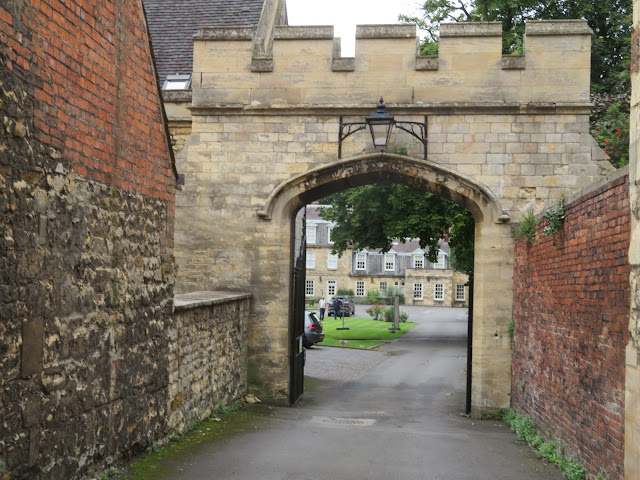This post has been delayed as a lot seems to have happened. We had found a berth at Staniland so we could go home to enable me to carry out the history walks that I guide every month but things have conspired.
After spending a surprisingly quiet night next to the railway line and road at Maud's Bridge we knew we had to be up at Wykewell Lift bridge for 0900 as we weren't sure what was happening there with the restriction. The day dawned another nice one, and we were soon off and running. Believe it or not there was actually a station here on the South Yorkshire Railway that was built through here in 1859. Originally there was only a station at Crowle but the station here was opened only a couple of months later. However it didn't last long as it was closed in 1866.
Every bridge on the Stainforth and Keadby Canal is different and the Moores swing bridge is much more industrial looking and seem to have been built between the wars to me. However it all operated very smoothly with the barriers having to be closed manually.
The next bridge was the problem one, Wykewell lift bridge. In the middle of September this year one of the lifting arms failed, which must have been a little scary if anybody was passing below. The bridge was closed for three weeks as the assessed the situation. Once they had sorted out how they would carry out the repairs they fitted the preventer stops to the lifting arms and were then able to work the bridge with a temporary arm installed.
The stoppage sounds as if you need to book a passage but it seems that the C&RT man/woman is there between 0900 and 1000 and 1500 and 1600 regardless of if they have been ordered. The reason they are limiting the use of the bridge is that the temporary repair has no rotating bearing that can be lubricated so there could be wear on it. It lifted with no squeal or other signs of stress though, and just as we cleared a boat coming the other way arrived and so saved another lift.
Until bore hoes were sunk in 1911 the only deep bore holes were at the brewery and the work house. Everybody else was supplied from the canal or the River Don. The keel and barge me used to fill their water tanks in the canal between the bridges at Keadby and the railway bridge (that has now gone). It was known as 'Bonnie Ale' Reach as the water was so clear and fresh from lots of springs issuing into the canal there. There was another water tower to the north of the town but this was knocked down and was where Lidl is now. This one ca not be the original! I wonder for how much longer the Pacer Trains will still be seen in the North.? Probably decades more. In this area Dunston's, the ship builders from Thorne had part of their yard wher all the top hamper was added to the hulls as the railway bridge was fixed. The rest of the building was done at their yard near the lock but the rest had to be done after the south railway bridge.
We passed Nationwide Narrowboat Sales and this was home to the Louise and Joshua narrow boat builders for over twenty years. I think it was about 2010 that they moved on. There used to be a swing bridge a little past the yard and before the M18 was constructed most of the traffic from Hull to Doncaster would have passed over it. The delays when canal traffic was passing must have been amazing and would soon have jammed the whole town up.
Thorne is still a prominent boat building and repair area with Thorne Boat Services here since 1992, just under the road fly over bridge that replaced the swing bridge. There is also the Princess Royal swinging foot bridge that is almost under the road bridge. This foot bridge seems to have many problems and seems to be out of commission almost as often as it is in! When we passed this time it was open, indicating it was awaiting repair once more. The services and moorings are just past their base.
I have always liked this bench that is opposite Thorne Boat Services and on the landing for operating the Princess Royal swing bridge.
Thorne Lock looks like it should be manual operated but it has been mechanised and is easy to operate. The lock actually lifts the canal up a bank that was created in the 1600's by Vermuyden who was brought in to tame the River Don and drain the land. It is called Ashfield and runs parallel to the river all the way to Stainforth. Just below is the Sea Cadets boat house, and a little inland is their drill hall etc. This building was part of a large union workhouse built in 1763 and 'hosting' up to 150 'guests'.
We didn't have far to go as we had booked the boat in to Staniland's for a temporary mooring for a week, whilst we went home. We filled up with fuel at 85p and then found our way into the end basin and threaded down to a pontoon, just. A very tight fit. The Thorne North station is very handy and I was home and back with in three hours. We packed up and were off home.

















































